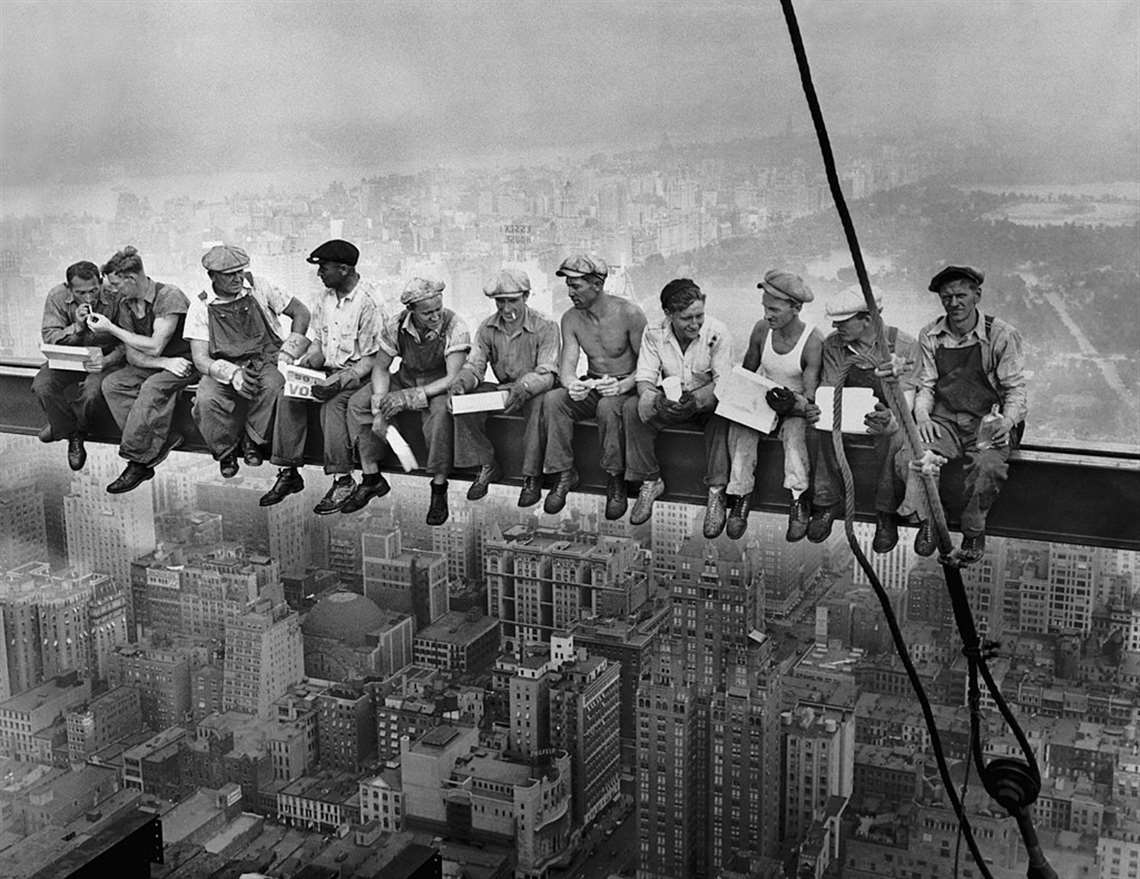Remember the iconic photo of eleven construction workers with no safety harnesses sitting on a skyscraper girder and eating lunch high above New York City in 1932? The idea of doing something like that today is unthinkable, and fortunately safety standards have improved during the last 90 years. In recent times, work site safety advancements have included wearable technology in the forms of exoskeletons, emergency alerts, GPS tracking and smart personal protective equipment (PPE).

The U.S. wearable technology industry was valued at nearly $23 billion 2018. Projections forecast it will reach $54 billion by 2023 with most of its success in commercial applications. As construction companies become more aware of the safety benefits, demand for wearable tech is expected to increase.
Examples of Technology
Wearable technology is available in many different forms for the construction workforce. Exoskeletons are ideal for aging persons who need a little help with physical support during strenuous activities. Hilti Corporation introduced its version of an exoskeleton first in Sweden, followed by the rest of Europe and more recently in the U.S. Feedback from the industry has been very positive.
Advancements in Mixed Reality technology (a blend of augmented and virtual reality) helps users interpret digital and physical information and their special relation to each other in real time. MR also brings design reference and 3D renderings directly to the worksite, improving the pre-planning and workflow processes.
Smart Wearables are devices that connect to Internet of Things (IoT) and 5G networks and include work boots, hard hats, gloves, and safety goggles. Reflexive features include a buzz alert when high-risk ergonomic postures are reached or when persons come within six feet of each other (to prevent spread of Covid-19).
Read the whole story at Construction Technology Magazine by clicking here. Images above courtesy of their website.
September 22, 2021